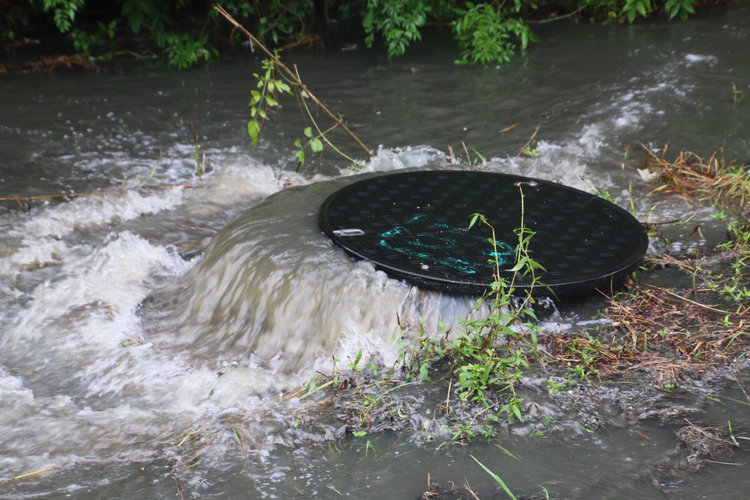Water pressure sensors?
-
@mfalkvidd wouldn't you want flow rate and not pressure? I am assuming this is to calculate water usage, which sewer usage is typically based off your water usage. Maybe my assumption is wrong.
-
@mfalkvidd wouldn't you want flow rate and not pressure? I am assuming this is to calculate water usage, which sewer usage is typically based off your water usage. Maybe my assumption is wrong.
-
@gohan that's where you are wrong.
"In many countries there are obligations to measure and report SSO occurrence using real-time telemetry to warn the public, bathers and shellfishery operators."From https://en.wikipedia.org/wiki/Sanitary_sewer_overflow
Now that we've completely derailed this thread, could we get back on topic?
-
If you could derive a small pipe from the main sewage line, you could could then have a transducer at the end to measure pressure without requiring it to go submerged.
-
If you could derive a small pipe from the main sewage line, you could could then have a transducer at the end to measure pressure without requiring it to go submerged.
-
@gohan thanks. Yes, that's a solution that could work. (technically, the "inside" part of the sensor would still be submerged which probably is necessary)
@mfalkvidd Not so.... You can install a sensor on a sealed stack (vertical pipe) as @gohan suggested, sealed to the crown of the sewer or drain (a Tee or saddle fitting), the air pressure from the relative hydraulic head will create air pressure which can be correlated to hydraulic head. Whereas the sensor may get moisture in the air it will never be actually submerged, which you generally do not want in sewage anyway due to grease etc and various objects which customers do deposit...
Another option is ultrasonics in a vertical pipe venting to atmosphere thereby contact free.. Whether you could get a decent interpretation in a tube from a DYP-ME007Y or similar I do not know, but commercial systems use just such an arrangement.... -
@mfalkvidd Not so.... You can install a sensor on a sealed stack (vertical pipe) as @gohan suggested, sealed to the crown of the sewer or drain (a Tee or saddle fitting), the air pressure from the relative hydraulic head will create air pressure which can be correlated to hydraulic head. Whereas the sensor may get moisture in the air it will never be actually submerged, which you generally do not want in sewage anyway due to grease etc and various objects which customers do deposit...
Another option is ultrasonics in a vertical pipe venting to atmosphere thereby contact free.. Whether you could get a decent interpretation in a tube from a DYP-ME007Y or similar I do not know, but commercial systems use just such an arrangement.... -
Thanks for the input @zboblamont
I can't mount a 10m vertical pipe on top of the sewage pipe, so I don't think ultrasound is a viable alternative unfortunately.@mfalkvidd 10m? Wow, that is one very large hydraulic head you're measuring if it's a storm overflow or similar... Oslo's trunk sewer system? A sealed pressure transducer would be your best bet at that head, holding it in a fixed position and running the cable will be a challenge...
Oops, just read your follow up... -
But it is missing the entire enclosure, it is the bare sensor. The one I posted was ready to be bolted into place

